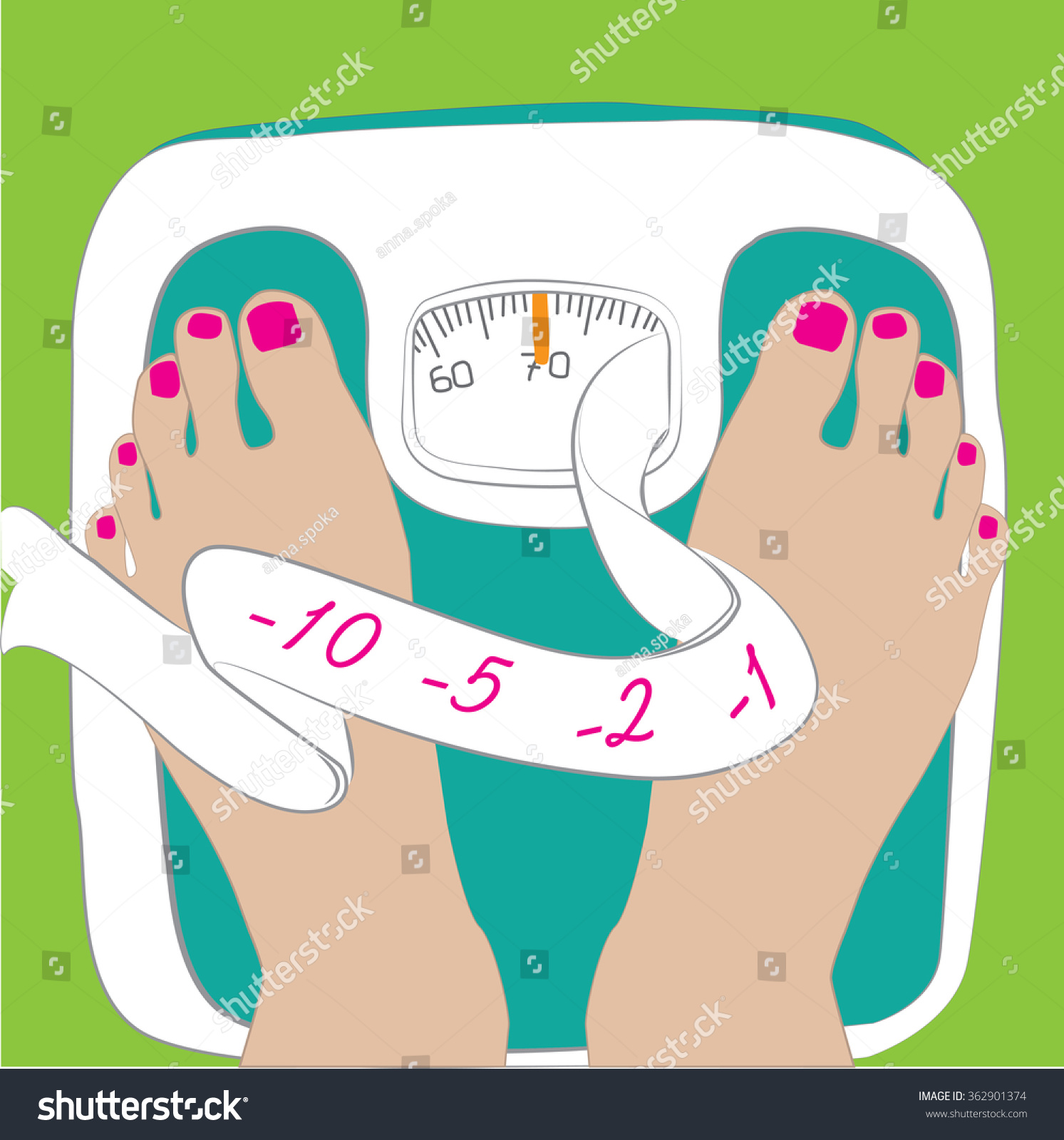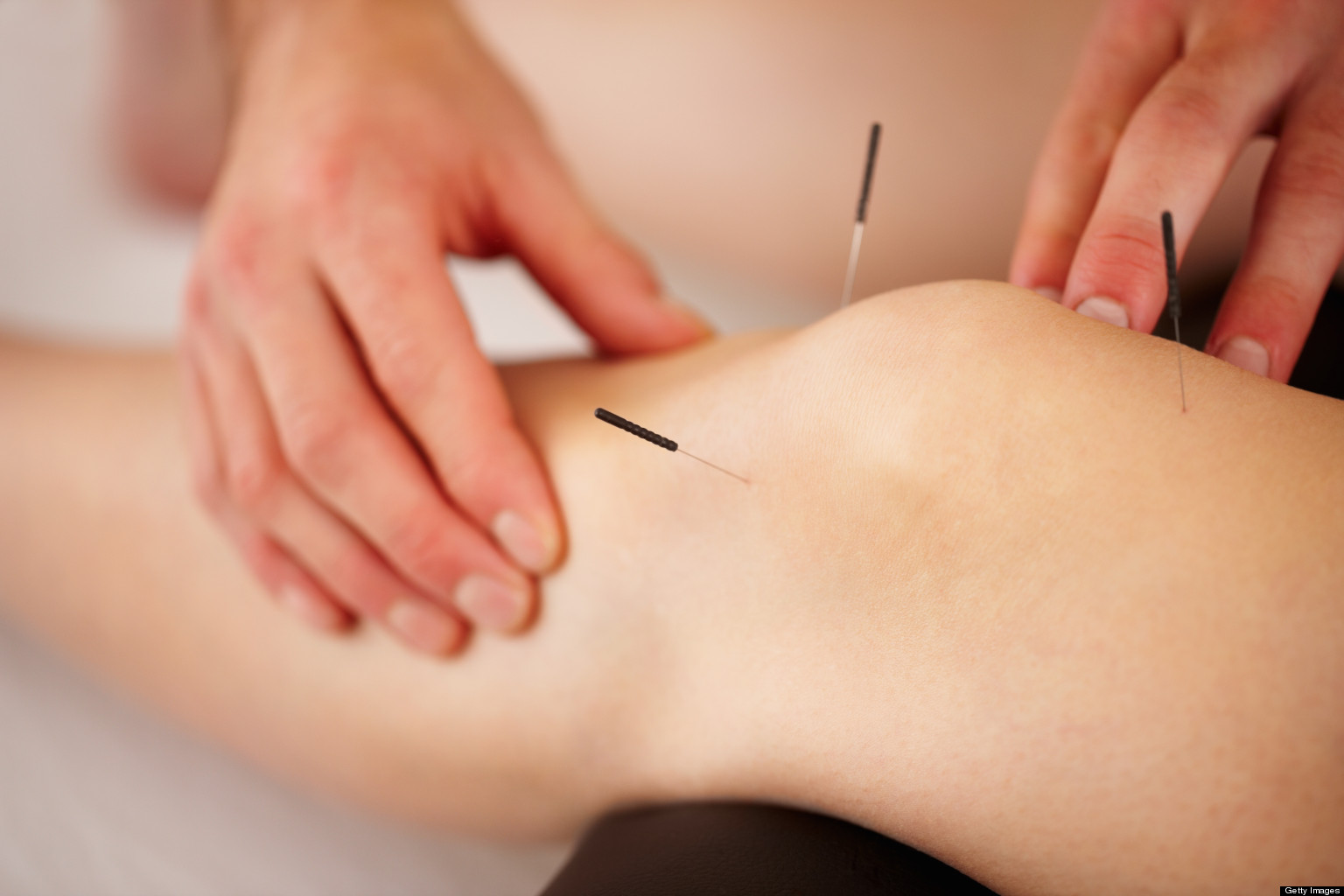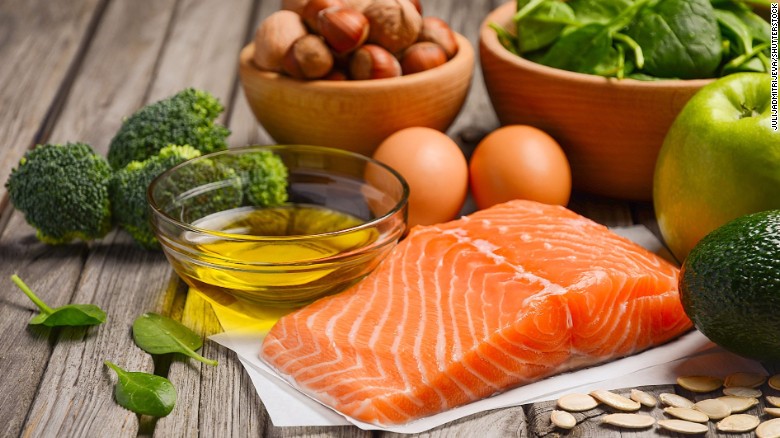Every time you talk or text on your cell phone, you’re putting your skin at risk (and if you’re reading this on your mobile device, you’re doing it right now, too).
In a culture where selfies are a daily occurrence, it’s inevitable that you use your cell multiple times a day. Acne, wrinkles, and dark spots are just a few of the negative side effects from constantly interacting with wireless phones. But don’t worry, we know you can’t give up your cell. So check out our simple skin-savvy solutions below:
Wrinkles
The problem: 
Constantly staring down at your cell keyboard is hurting you more than you know. Keeping your gaze downward for long periods of time can cause “techneck”: wrinkles underneath the chin and around the neck. Squinting at the too-small text can also cause crow’s feet around the eyes.
The solution:
The neck and décolletage are one of the first areas to show signs of aging. Make sure that you’re extending all your anti-aging skin care products to this area. You can also get a cream specifically for this area like face Firming and Lifting Neck Cream.

Skin Allergies
The problem: The next time you break out in a rash, consider that your phone could be the culprit. A recent study proved that the nickel and chromium in cell phone casings can cause a reaction on skin called allergic contact dermatitis.
The solution: Not all cell phone brands contain the rash-inducing nickel, and not everyone is sensitive to the mineral. If you do have sensitive skin, enclose your phone in a plastic case and cover your screen with a clear protector to prevent irritation on your face and fingers.

Acne
The problem: Did you know that your mobile phone carries more bacteria than the toilet seat handle? (Gross!) Just think about all that makeup and sweat that ends up on your screen after a lengthy conversation. That dirt can accumulate and cause breakouts on your skin.
The solution: There are many different ways you can clean your cell phone. You can whip up a water-based solution with 40 percent alcohol or use any monitor wipe. Also consider investing in an earpiece or a vintage handset attachment.
Undereye Circles
The problem: The LED light from your mobile phone can affect the way you sleep. The blue glow emanating from computer, cell, and tablet screens can throw off your internal sleep rhythm, meaning it’s harder to fall asleep and you spend less time in REM sleep. Not to mention the incessant notification chimes from social media, email, and text!
The solution: Less sleep means more under-eye bags. Prevent puffy, dark circles from your late-night Twitter rant with an anti-aging eye cream. Better yet, set your phone in another room after dinner and invest in an old-fashioned alarm clock.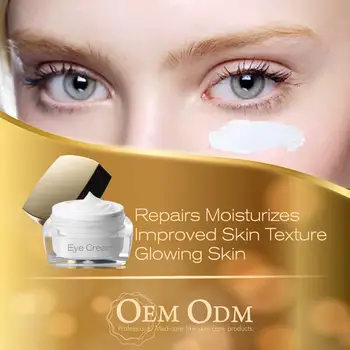
Dark Spots
The problem: Remember talking to your high school boyfriend late at night until your phone burned your cheeks? Well, that overheating can cause major skin issues. The added heat can mess with your melanin production, causing dark spots and discoloration to form.
The solution: Don’t let your phone rub against your face for too long. If you’re in a private area, put your cell in speakerphone mode or switch to bluetooth for lengthier conversations.











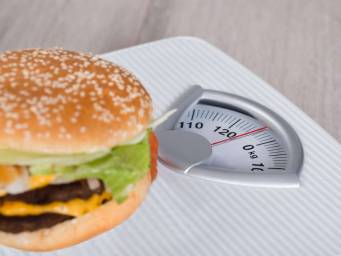



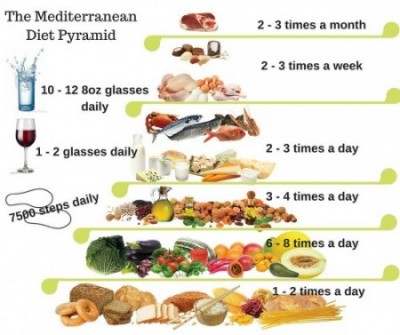









 When women have their menstrual cycles, pain from cramps that radiate out from the pelvis is rather normal. Pelvic pain in and of itself isn’t an immediate sign of cervical cancer. However, when the pain becomes extremely intense, or lasts for longer than the menstrual cycle, this could be a red flag for cervical cancer.
When women have their menstrual cycles, pain from cramps that radiate out from the pelvis is rather normal. Pelvic pain in and of itself isn’t an immediate sign of cervical cancer. However, when the pain becomes extremely intense, or lasts for longer than the menstrual cycle, this could be a red flag for cervical cancer.


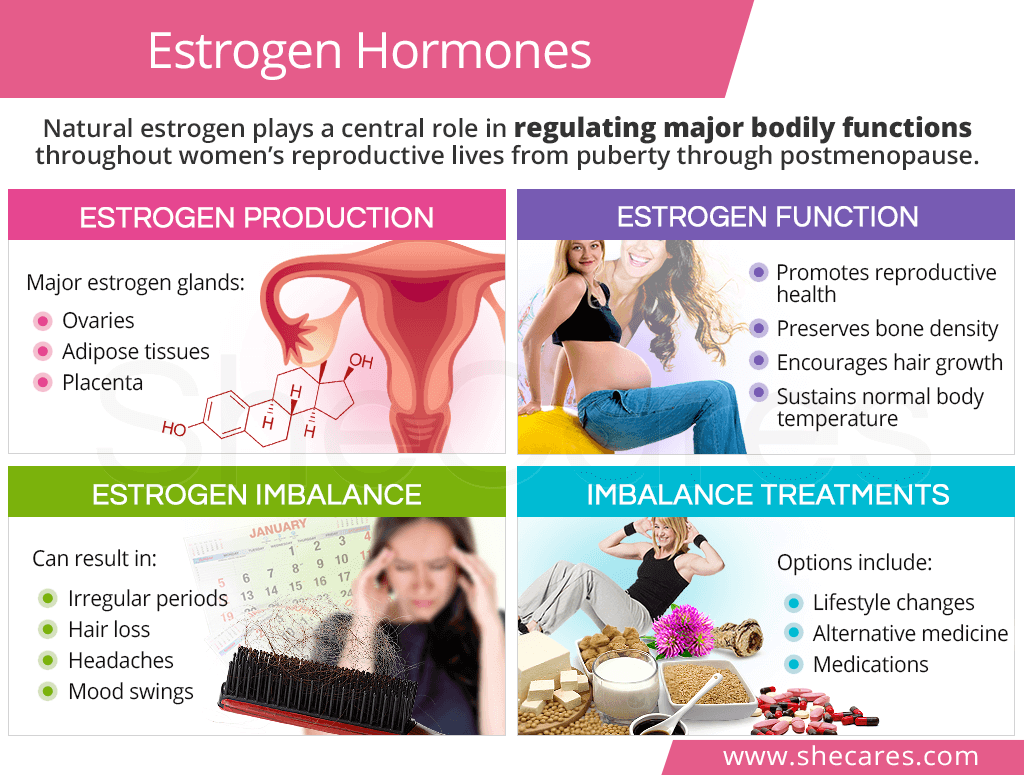














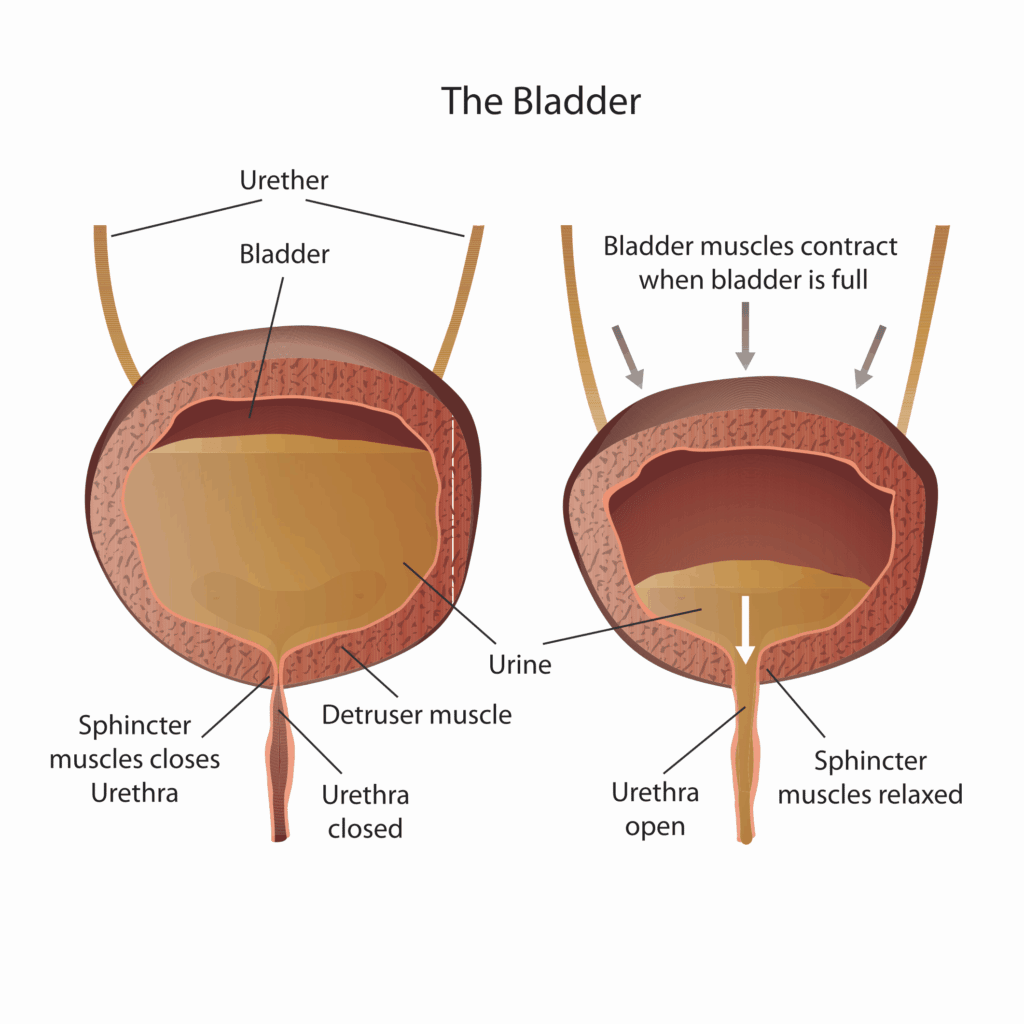












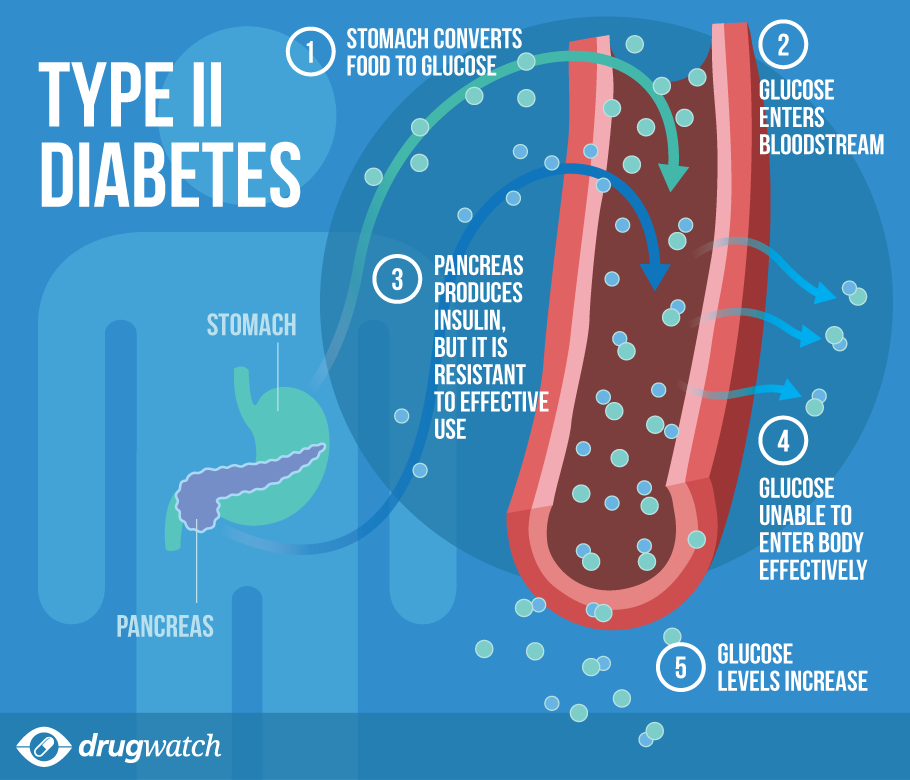




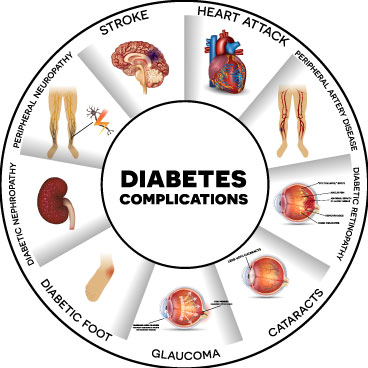










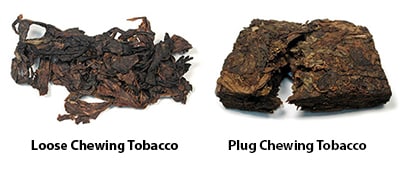





 The tobacco in waterpipes and cigarettes contains similar levels of nicotine. And nicotine is highly addictive.
The tobacco in waterpipes and cigarettes contains similar levels of nicotine. And nicotine is highly addictive.







